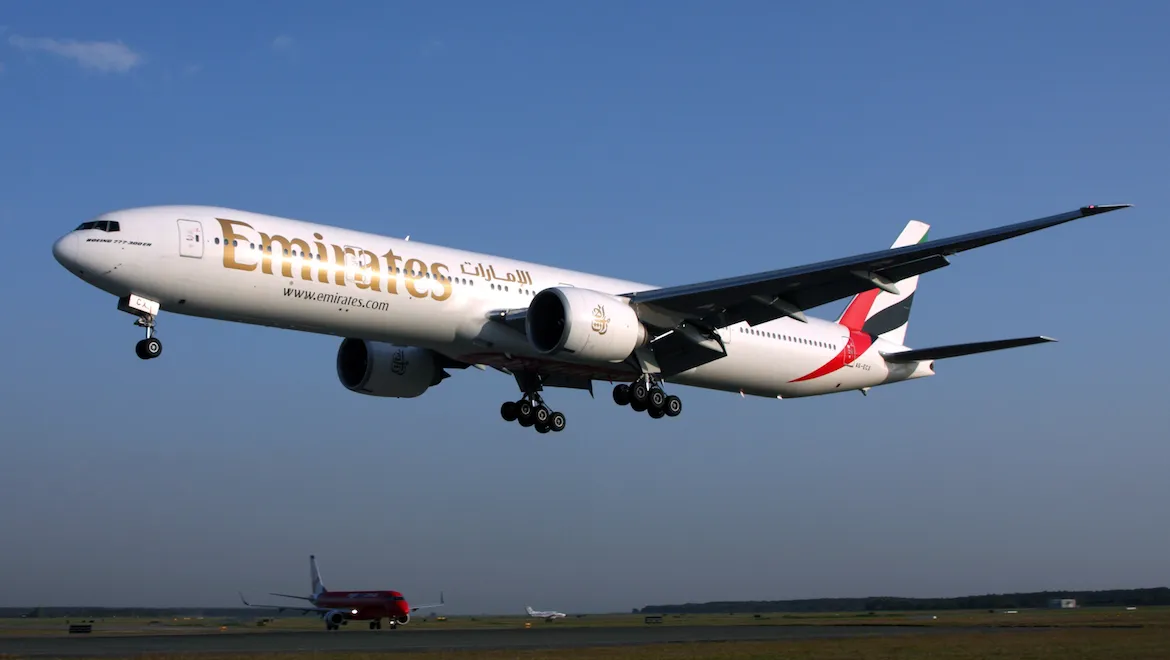A study undertaken by environment campaigners has shown that the international aviation industry has only met one out of 50 of its own climate targets in the past two decades.
The study, which was commissioned by climate charity Possible, assessed every target set by the industry since 2000 and found that nearly all had been missed, revised or quietly ignored.
Possible’s director of innovation, Leo Murray said that the forensic investigation showed just how implausible and credulous the government’s jet-zero strategy was shaping up to be.
“How can we credibly expect this industry to over-deliver on emissions reduction when they’ve never met any of their previous climate targets?”, he asked.
Read also: Scientists warn climate limit of 1.5C close to being broken
He noted that it was clear that there was the need to demand reduction via a frequent flyer levy which would discourage the frequent flying by a small group of people who makes up the bulk of emissions from planes.
The Air Transport Action Group said that air travel accounted for 2.1% of human-produced carbon dioxide emissions in 2019, equivalent to about 915m tonnes and that It is estimated that 15% of people take 70% of all flights.
The air targets report which was written by researchers from the sustainability agency Green Gumption, examined climate targets starting and finishing between 2000 and 2021, and assessed progress against some longer-term goals.
They found that unclear definitions, opaque monitoring and inconsistent reporting made many targets difficult to assess, with many also suddenly changed, replaced or dropped within the study period. Moreover, even if the targets had been met, the researchers said, many were insufficiently ambitious to reduce aviation’s climate impact.
Recall that in 2007 Virgin Atlantic set a target of a 30% reduction in CO2 per revenue tonne-kilometre (CO2/RTK) by 2020, which the company later described as “a big target and we’re sticking with it.
But when Virgin’s 2020 annual report was published, it no longer mentioned the 2020 target. The following year, a press release from the company announced a new target of 15% gross reduction in CO2/RTK by 2026.
The researchers conclude that climate target setting is in effect a smokescreen for business as usual and that such targets “appear to function principally as a tactic for giving an impression of progress and action to address aviation’s environmental impacts to the public and policymakers, to prevent any policy barriers to ongoing growth in the industry.
Story was adapted from the Guardian.
